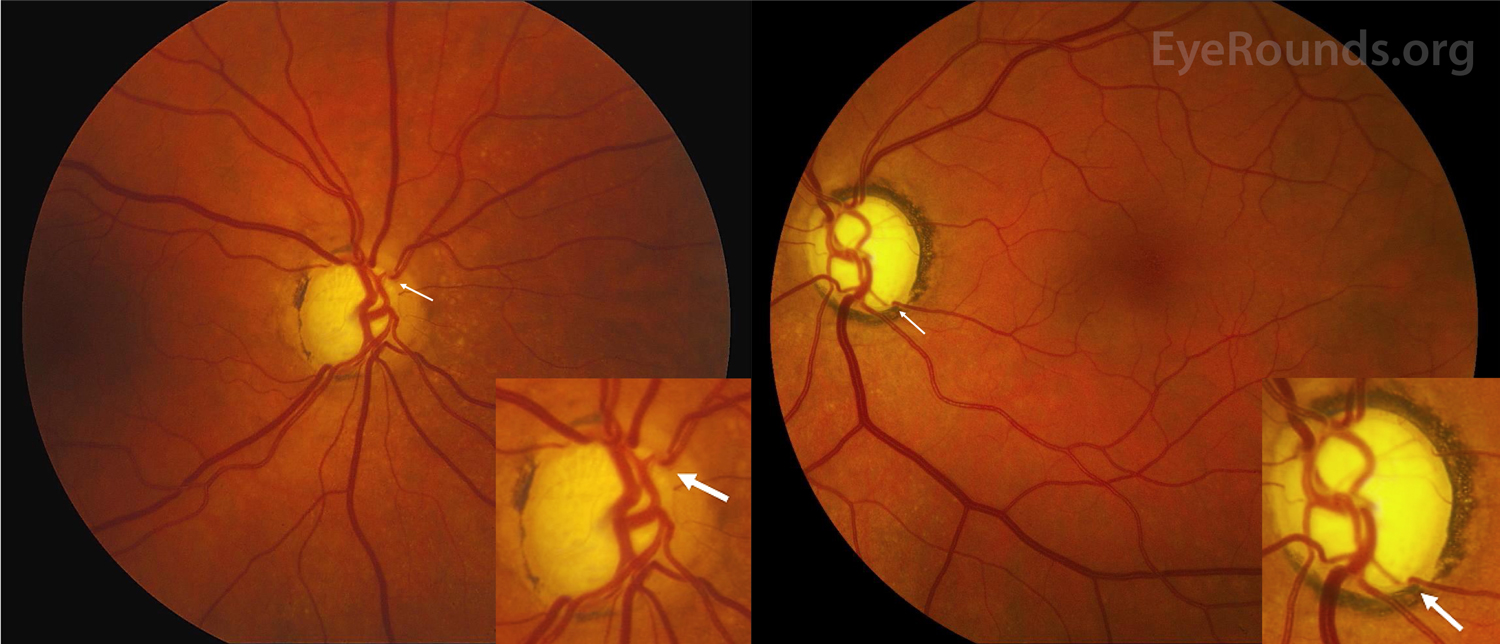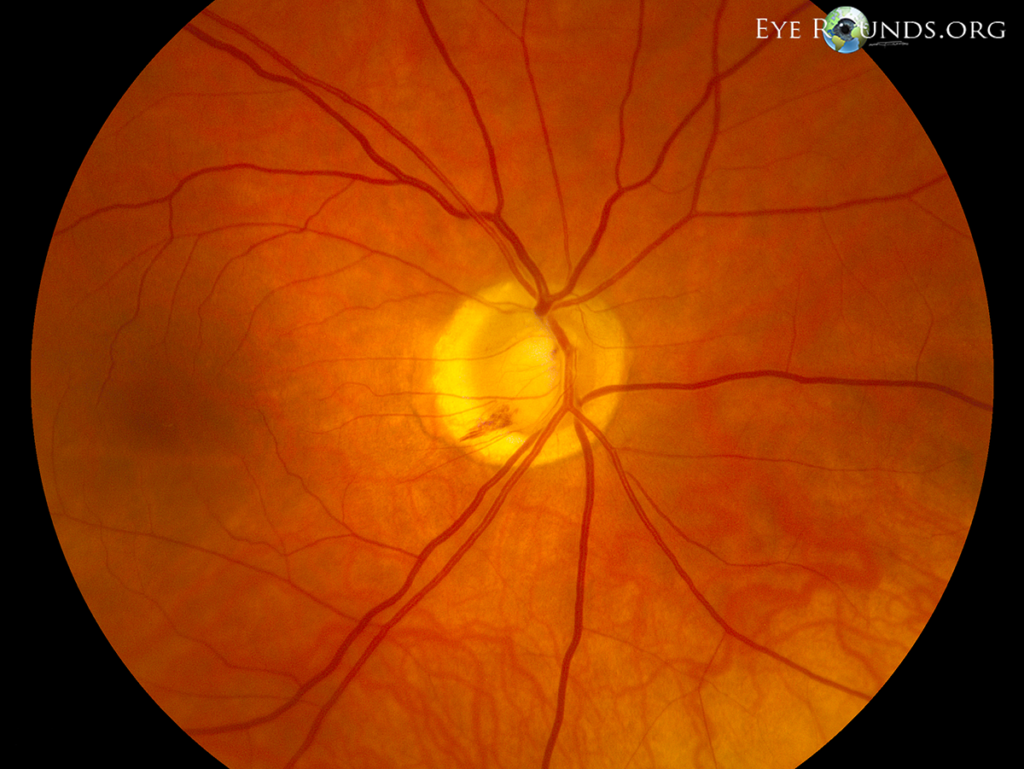Glaucoma, often abbreviated as GL, is a group of eye conditions that can lead to irreversible vision loss if not detected and treated early. It is one of the leading causes of blindness worldwide, particularly among older adults. This article delves into the various aspects of glaucoma, including its underlying causes, common symptoms, and available treatments.

Understanding Glaucoma
Glaucoma is a complex condition that primarily affects the optic nerve, which is responsible for transmitting visual information from the eye to the brain. The damage to the optic nerve is often associated with increased pressure inside the eye, known as intraocular pressure. However, glaucoma can also occur even when the pressure in the eye is within normal limits.
Types of Glaucoma
- Primary Open-Angle Glaucoma: This is the most common type of glaucoma. It develops gradually and is caused by the slow clogging of the drainage canals in the eye, leading to increased intraocular pressure.
- Angle-Closure Glaucoma: This type occurs when the iris blocks the drainage angle in the eye, causing a sudden rise in intraocular pressure. It is considered a medical emergency.
- Normal-Tension Glaucoma: In this form, the optic nerve is damaged despite normal intraocular pressure levels.
- Secondary Glaucoma: This type results from an injury, inflammation, or other eye conditions such as cataracts or diabetes.
- Congenital Glaucoma: A rare form that affects infants and young children due to improper development of the eye’s drainage system.
Causes of Glaucoma
The exact cause of glaucoma varies depending on the type, but several factors contribute to its development. Understanding these causes can help in early detection and prevention.
Intraocular Pressure
One of the primary causes of glaucoma is elevated intraocular pressure. The front part of the eye is filled with a clear fluid called aqueous humor, which nourishes the eye and maintains its shape. In a healthy eye, this fluid flows out through a mesh-like channel. If this channel becomes blocked, the fluid builds up, increasing pressure inside the eye and potentially damaging the optic nerve.
Genetic Factors
Family history plays a significant role in the risk of developing glaucoma. If a close relative has been diagnosed with the condition, your chances of developing it are higher. Genetic mutations can affect how the eye regulates fluid drainage, making some individuals more susceptible to elevated intraocular pressure.
Age and Ethnicity
Glaucoma is more common in older adults, particularly those over the age of sixty. Additionally, certain ethnic groups, such as African Americans, Hispanics, and Asians, have a higher risk of developing specific types of glaucoma. For example, African Americans are at greater risk of developing primary open-angle glaucoma at a younger age and with more severe outcomes.
Medical Conditions
Several medical conditions can increase the likelihood of developing glaucoma. These include diabetes, high blood pressure, heart disease, and conditions that require long-term use of corticosteroids. People with these conditions should be vigilant about regular eye exams to monitor their eye health.
Symptoms of Glaucoma
Glaucoma is often referred to as the “silent thief of sight” because it typically progresses without noticeable symptoms in its early stages. By the time symptoms become apparent, significant damage may have already occurred. Recognizing the signs of glaucoma is crucial for timely intervention.
Primary Open-Angle Glaucoma Symptoms
- Gradual loss of peripheral vision, often unnoticed until the condition is advanced.
- Tunnel vision in the later stages, where only central vision remains.
Angle-Closure Glaucoma Symptoms
- Sudden onset of severe eye pain.
- Blurred vision or seeing halos around lights.
- Redness of the eye.
- Nausea and vomiting accompanying eye pain.
- Headaches and sensitivity to light.
Normal-Tension Glaucoma Symptoms
This type of glaucoma shares similar symptoms with primary open-angle glaucoma, including gradual peripheral vision loss and tunnel vision. However, since intraocular pressure is within normal limits, diagnosis can be more challenging.
Treatments for Glaucoma
While there is no cure for glaucoma, early detection and treatment can help manage the condition and prevent further vision loss. Treatment options vary depending on the type and severity of the condition.
Medications
Eye drops are often the first line of treatment for glaucoma. These medications work by reducing intraocular pressure either by decreasing the production of aqueous humor or improving its drainage. Common types of eye drops include:
- Prostaglandins, which increase the outflow of fluid from the eye.
- Beta-blockers, which reduce the production of fluid.
- Alpha-adrenergic agonists, which both decrease fluid production and increase drainage.
- Carbonic anhydrase inhibitors, which reduce fluid production.
Laser Treatments
Laser therapy is another effective option for managing glaucoma. There are different types of laser treatments available, depending on the specific needs of the patient:
- Laser trabeculoplasty is used to improve drainage in patients with primary open-angle glaucoma.
- Laser iridotomy creates a small hole in the iris to relieve pressure in angle-closure glaucoma.
- Cyclophotocoagulation uses a laser to target the part of the eye that produces fluid, reducing its production.
Surgical Procedures
In cases where medications and laser treatments are not sufficient, surgery may be necessary. Surgical options include:
- Trabeculectomy, a procedure that creates a new drainage pathway for fluid to leave the eye.
- Drainage implants, where a small tube is inserted into the eye to facilitate fluid drainage.
- Minimally invasive glaucoma surgery, which involves less invasive techniques to lower intraocular pressure.
Lifestyle Adjustments
In addition to medical treatments, certain lifestyle changes can help manage glaucoma:
- Regular exercise can improve blood flow to the optic nerve and help maintain healthy intraocular pressure.
- Avoiding activities that involve straining, such as heavy lifting or playing wind instruments, can prevent spikes in eye pressure.
- Protecting the eyes from injury and wearing protective eyewear during sports or hazardous activities is essential.
Preventive Measures
While not all cases of glaucoma can be prevented, certain measures can reduce the risk of developing the condition or slow its progression:
- Regular comprehensive eye exams, especially for individuals over the age of forty or those with a family history of glaucoma.
- Maintaining a healthy diet rich in antioxidants, vitamins, and minerals to support overall eye health.
- Managing underlying medical conditions such as diabetes and hypertension through proper medical care and lifestyle adjustments.
Importance of Early Detection
Early detection of glaucoma is critical to preserving vision. Since many forms of glaucoma do not present noticeable symptoms in their early stages, routine eye exams are essential. During these exams, eye care professionals measure intraocular pressure, examine the optic nerve, and assess peripheral vision to detect any signs of glaucoma.
For individuals at higher risk, such as those with a family history or belonging to certain ethnic groups, more frequent screenings may be recommended. Timely diagnosis allows for prompt treatment, which can significantly slow the progression of the disease and minimize vision loss.





